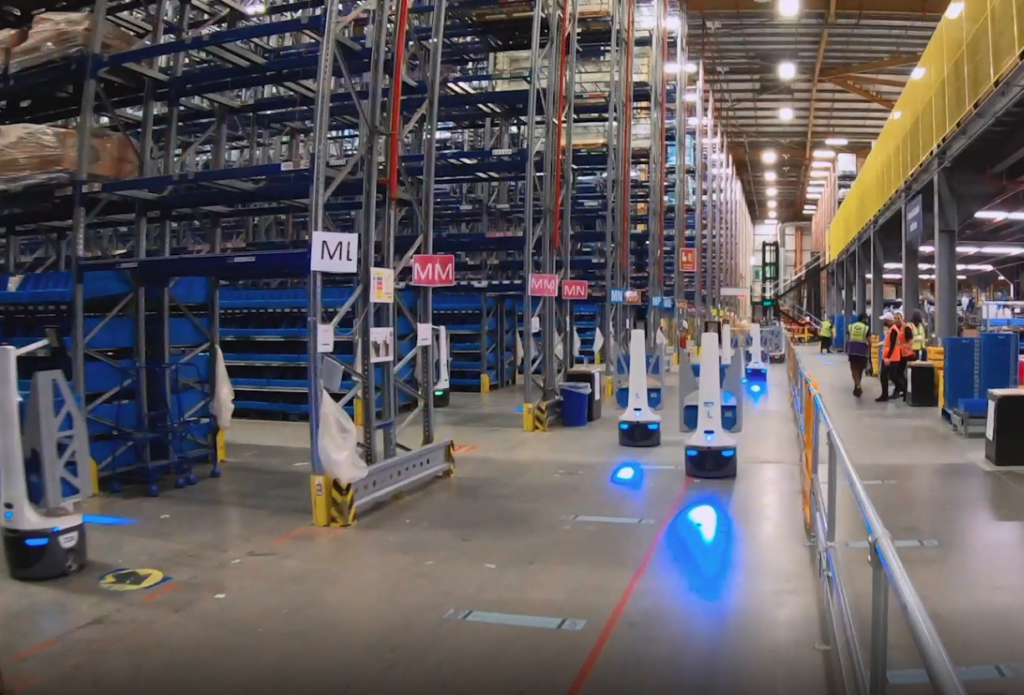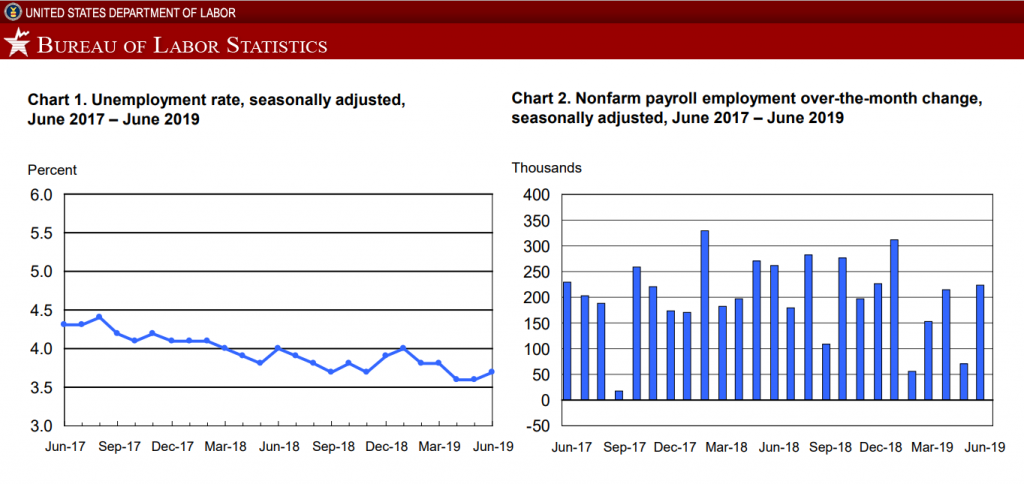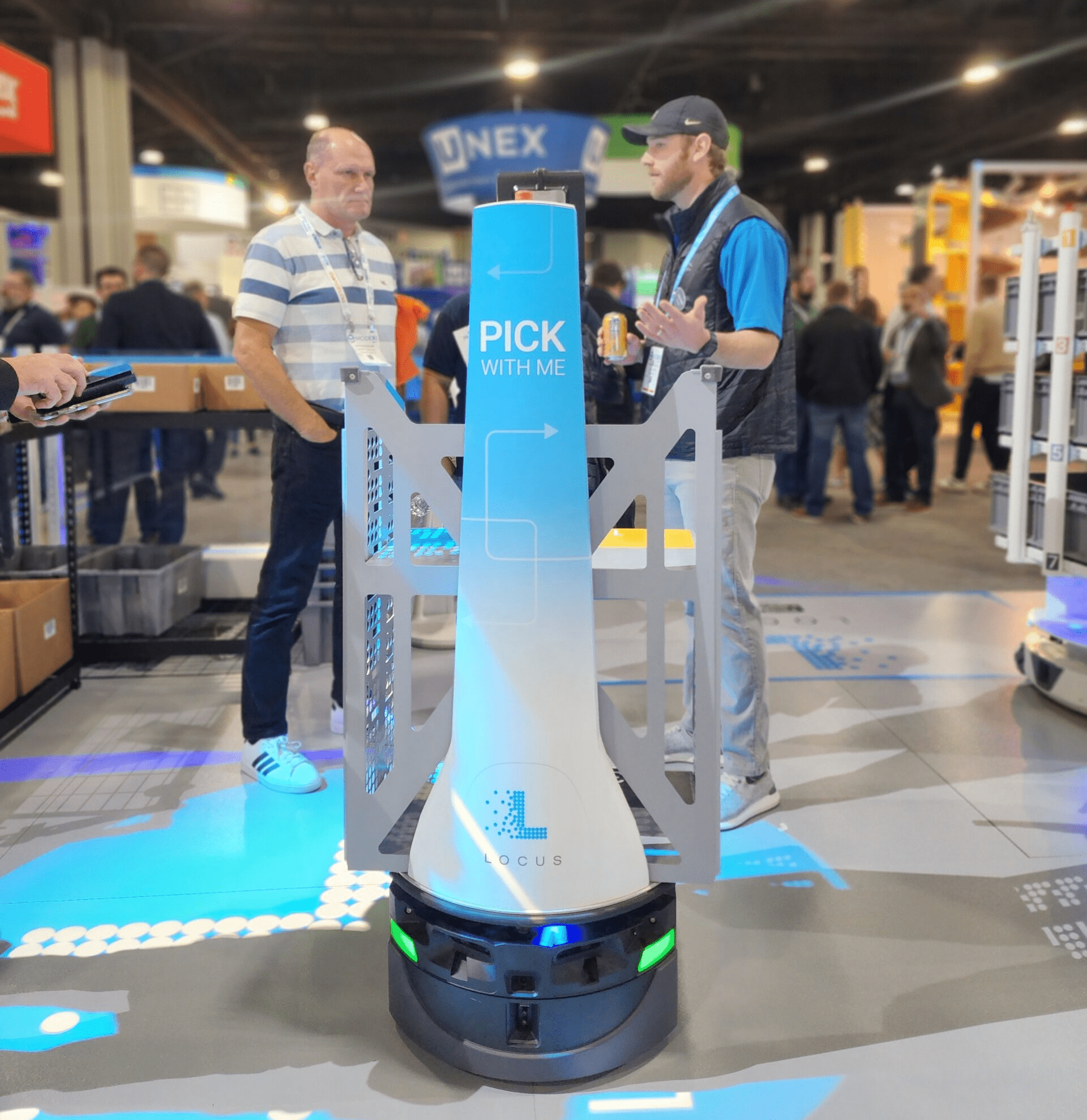Webinar Registration: The P2G Advantage
Webinar Registration: The P2G Advantage LEARN MORE
Are Warehouse Operators the Labor Magicians of the New Age?
Kary Zate, Senior Director of Marketing Communications

In my role, I get to visit a lot of warehouses. I’ve seen all sizes and shapes, from several thousand to several million square feet, with every level of infrastructure you can imagine, housing and shipping products from nearly every industry you can name. And everywhere, and I mean everywhere I visit, I hear the same thing, over and over again:
“We can’t get enough workers on the floor.”
There's not enough qualified people. Not enough experienced people. There's simply not enough living, breathing humans to get the work done properly and on time. This problem is affecting facilities and organizations from major shipping hubs in New Jersey, Tennessee, California to the still up-and-coming logistics hot spots like Minnesota and Utah.

At a warehouse in Ohio, the GM explained to me that during last year's peak season, he was facing an 8-fold increase in daily outbound order demand. Using agencies and direct methods, he recruited 150 temporary workers to supplement his 200-person core staff. But despite the considerable time, effort and money, the average number of temp workers that showed up each day was only 40. That's 40 out of 150!
In Kentucky, another warehouse GM told me that their average retention for new temporary and temp-to-perm workers on the floor, is under two weeks. And during peak season, it’s 4 days. That’s the average. Meaning, that they get a couple of weeks out of some, and only a couple of hours out of others. They leave for a myriad of stated reasons; the work is too fast, the products are too small, the training was too boring, and, worse, the worker heard that another warehouse in the area might offer an extra $0.25 an hour, etc.
 The stories go on and on. And with good reason. With unemployment still hovering near a 50-year low of 3.6%, and local rates dipping into the 2% range, it’s the impression of many in the industry that most everyone who wants to work has a job already. Combine this with e-commerce growing at nearly 15% annually, the amount of labor needed to run a fulfillment operation isn’t going to be decreasing anytime soon.
The stories go on and on. And with good reason. With unemployment still hovering near a 50-year low of 3.6%, and local rates dipping into the 2% range, it’s the impression of many in the industry that most everyone who wants to work has a job already. Combine this with e-commerce growing at nearly 15% annually, the amount of labor needed to run a fulfillment operation isn’t going to be decreasing anytime soon.
So, what do operators do?
 Like they’ve always done, operations across the country don their magician’s hats and use the best alchemy they can concoct to lure (and keep) would-be fulfillment stars through the warehouse doors. They offer higher pay rates, bonuses, and PTO, but it's not enough anymore. So you see perks like onsite gyms and cafes, to using slick geo-targeting of job posting ads to try and boost applications for the growing number of open slots on the floor. But all of this is expensive and doesn't always work. Jobs are unfilled, yet the pressure to deliver more continues to grow. So to close the labor gap, warehouse operators are turning to collaborative robotics, warehouse robots and automation to meet the ever-increasing volume - not only at peak season, but the rest of the year.
Like they’ve always done, operations across the country don their magician’s hats and use the best alchemy they can concoct to lure (and keep) would-be fulfillment stars through the warehouse doors. They offer higher pay rates, bonuses, and PTO, but it's not enough anymore. So you see perks like onsite gyms and cafes, to using slick geo-targeting of job posting ads to try and boost applications for the growing number of open slots on the floor. But all of this is expensive and doesn't always work. Jobs are unfilled, yet the pressure to deliver more continues to grow. So to close the labor gap, warehouse operators are turning to collaborative robotics, warehouse robots and automation to meet the ever-increasing volume - not only at peak season, but the rest of the year.
What can you do to get ready for peak season?
Like many operators, many will do the same thing, expecting a different result. The'll spend more money on recruiting and training workers that will leave days after starting, or in some cases, workers who will not show up at all. But others are changing the game. They're adding collaborative robotics to their operation - right now - so they'll be ready for this fall's rush.
Today's robotic systems are highly collaborative, user-friendly, cost-effective, and significantly easier to deploy than their predecessors. In fact, some can be fully deployed in just weeks! They do an amazing job of improving worker productivity - we consistently see 2X-3X improvements, almost from Day 1. In fact, a new Forrester Total Economic Impact (TEI) study showed that not only does collaborative robotics improve worker productivity, the entire workplace quality improves. Workers reported that the work was easier, less stressful, and in come cases, even fun. And, adding robotics had a major effect on hiring and retention. For many workers, going down the road for an extra quarter just wasn't worth it.
There's still time for this year!
Even though it's mid-year, there's still plenty of time to discover how you can put collaborative robotics to work for your operation. In fact, if you give us a call today, we can have you up and running in time for this year's peak season. I assure you, it will be a call you'll wish you had made sooner.
About the Author
Kary brings more than 25 years of B2B and B2C product, software, and technology marketing, public relations, and communications expertise to drive the strategy and execution of Locus’s communications. He has developed successful and engaging integrated marketing programs for startup companies as well as global Fortune 500 companies, reaching enterprise customers, industry partners, analysts, and investors. Kary holds a Bachelor of Arts degree in Communications Arts and Sciences from Michigan State University.




